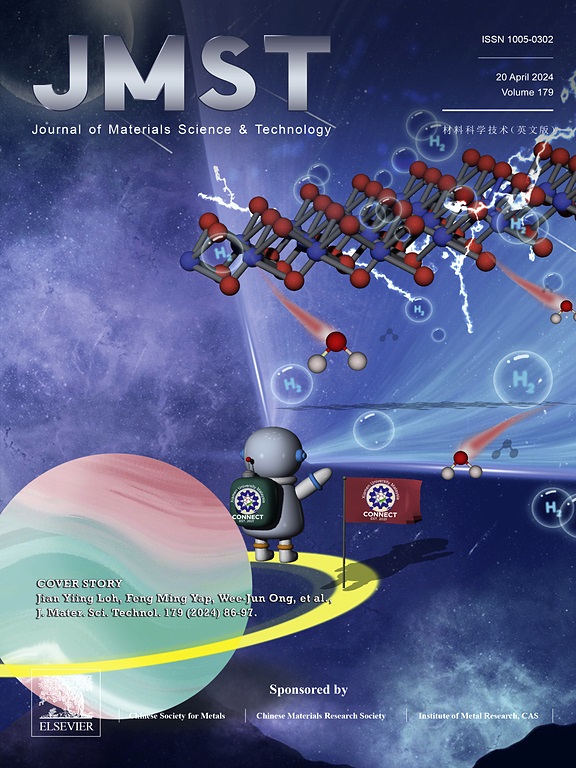Suppressed defect production and hardening in refractory high entropy alloys under ion irradiation at early stage: A comparative study between VTaTi, HfNbZrTi, and conventional V-4Cr-4Ti
IF 11.2
1区 材料科学
Q1 MATERIALS SCIENCE, MULTIDISCIPLINARY
引用次数: 0
Abstract
Refractory high entropy alloys (RHEAs) have drawn much attention for their potential applications in advanced reactors. While improved irradiation resistance to void swelling and helium bubble formation has been frequently reported, experimental investigation regarding their early-stage irradiation damage remains insufficient, which hinders the understanding of the behavior of point defects and small clusters. Here we select two typical RHEAs with desired mechanical properties, VTaTi and HfNbZrTi, as well as a conventional V-4Cr-4Ti alloy, and compare their irradiation-induced defect production and hardening under a low-dose irradiation of 0.1 dpa. Significant hardening is observed in V-4Cr-4Ti due to the pinning of deformation-induced dislocations by the high density of irradiation-induced loops. In contrast, the hardening in VTaTi is much weaker, corresponding well to the greatly reduced defect density. Strikingly, in HfNbZrTi, visible defect clusters are not observed with a Cs-corrected transmission electron microscope in the whole irradiation range, and no hardening effect is detected. Such strong suppression of irradiation damage is attributed to the large lattice distortion based on the ab initio calculations and the local chemical fluctuations based on the atomic-scale elemental mappings, which together hinder the mobility of interstitials. Furthermore, minor irradiation softening is evidenced by cross-sectional nanoindentation tests in HfNbZrTi, which is considered to be related to the evolution of short-range orders and interstitial impurities after irradiation.

求助全文
约1分钟内获得全文
求助全文
来源期刊

Journal of Materials Science & Technology
工程技术-材料科学:综合
CiteScore
20.00
自引率
11.00%
发文量
995
审稿时长
13 days
期刊介绍:
Journal of Materials Science & Technology strives to promote global collaboration in the field of materials science and technology. It primarily publishes original research papers, invited review articles, letters, research notes, and summaries of scientific achievements. The journal covers a wide range of materials science and technology topics, including metallic materials, inorganic nonmetallic materials, and composite materials.
 求助内容:
求助内容: 应助结果提醒方式:
应助结果提醒方式:


